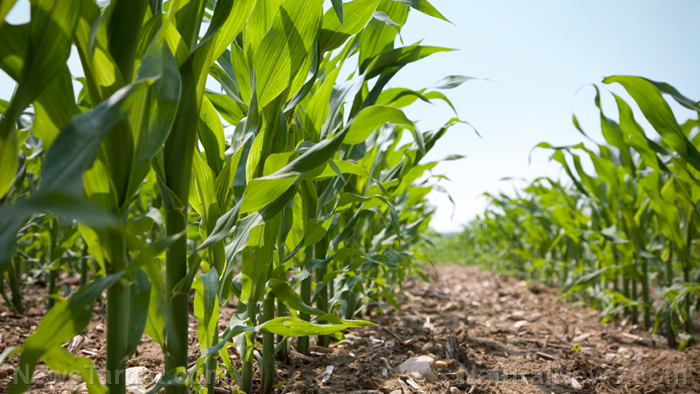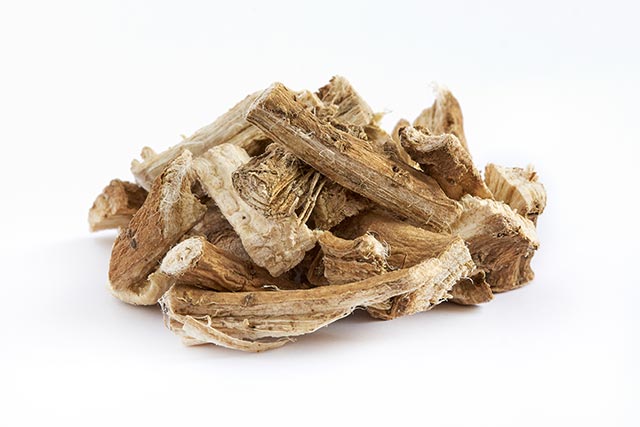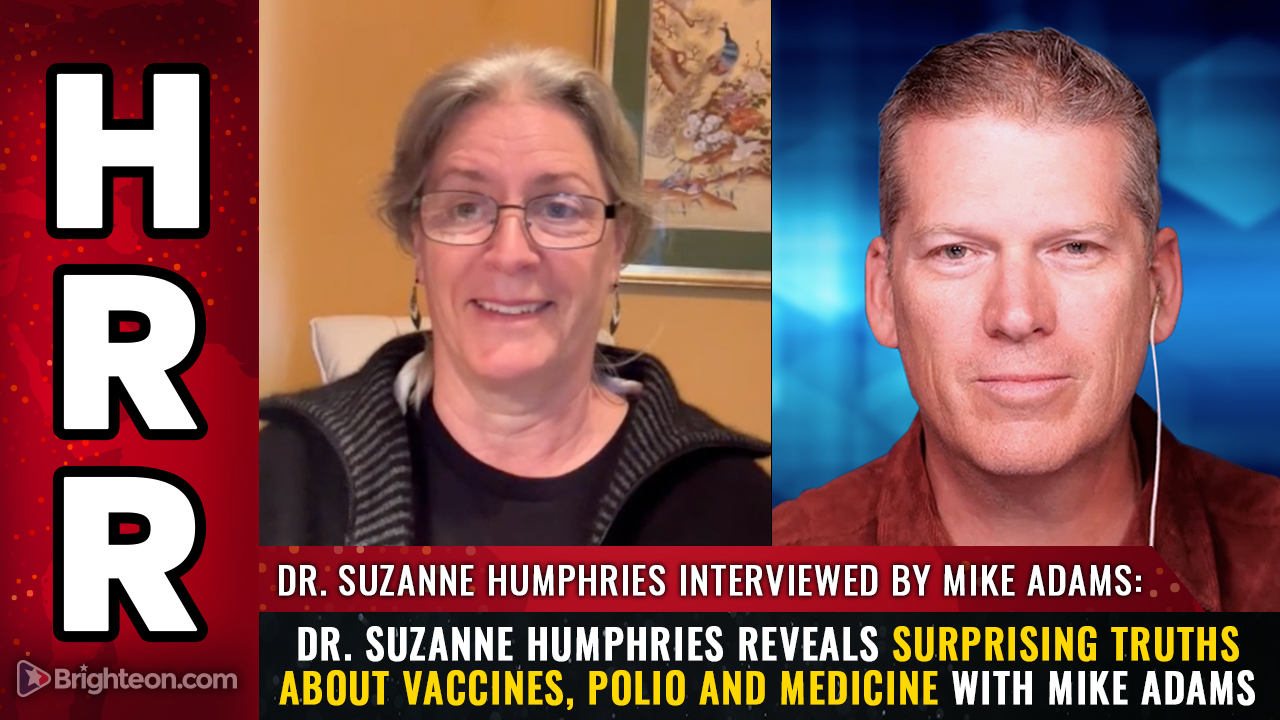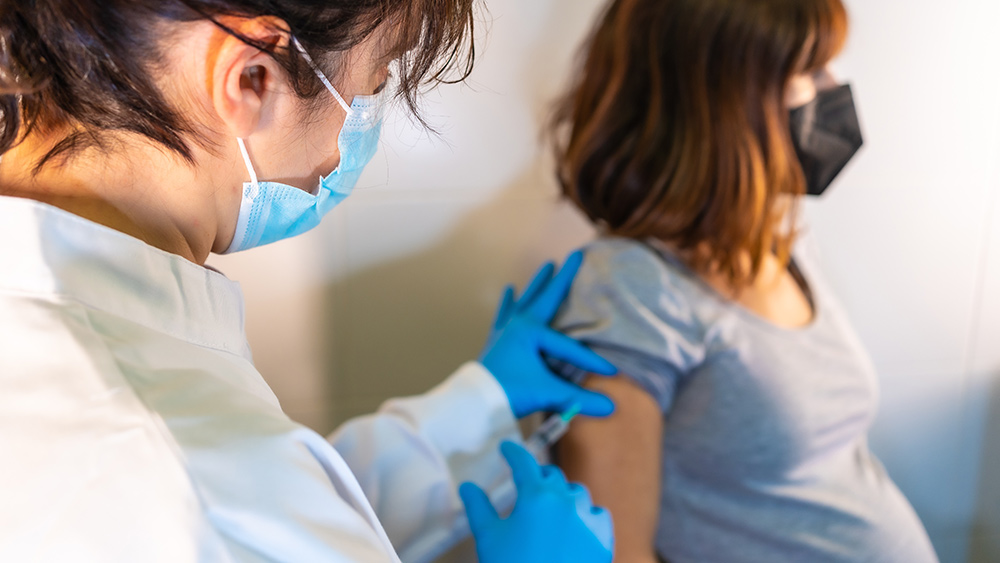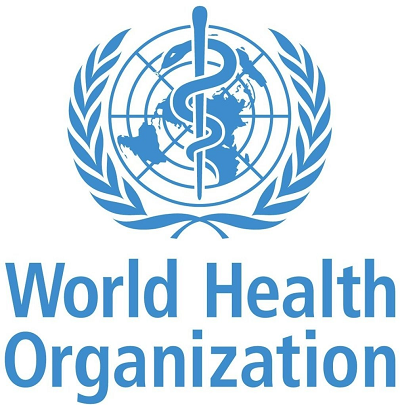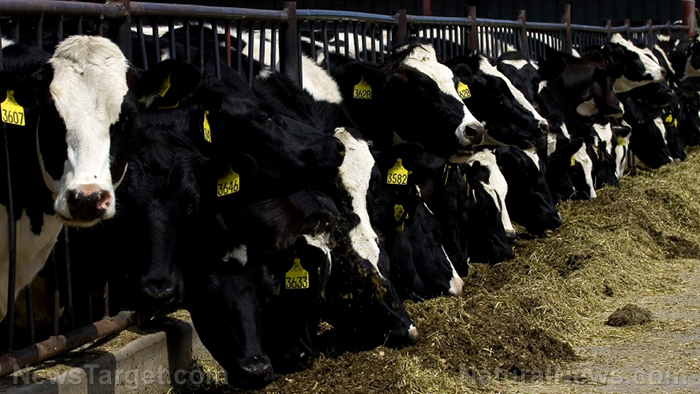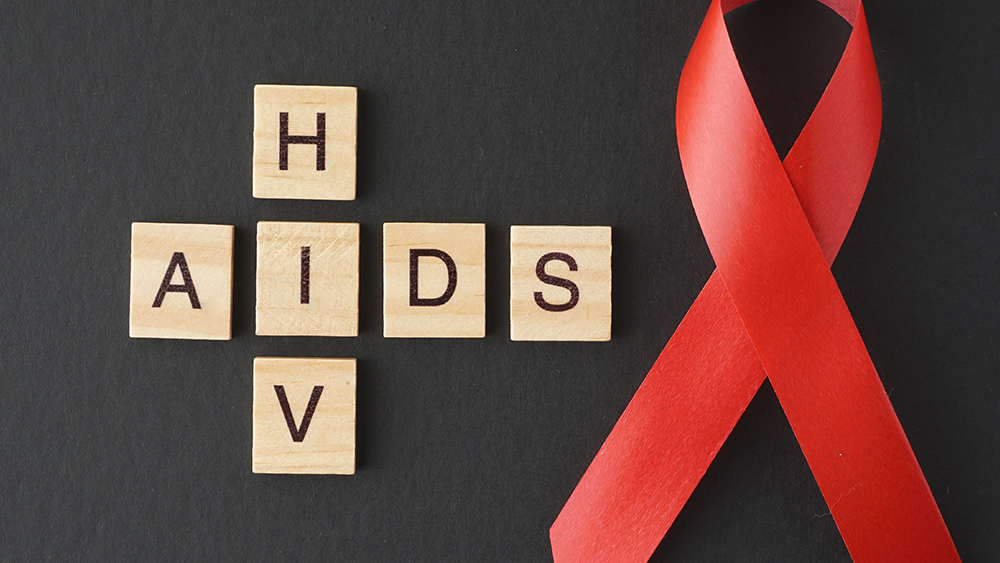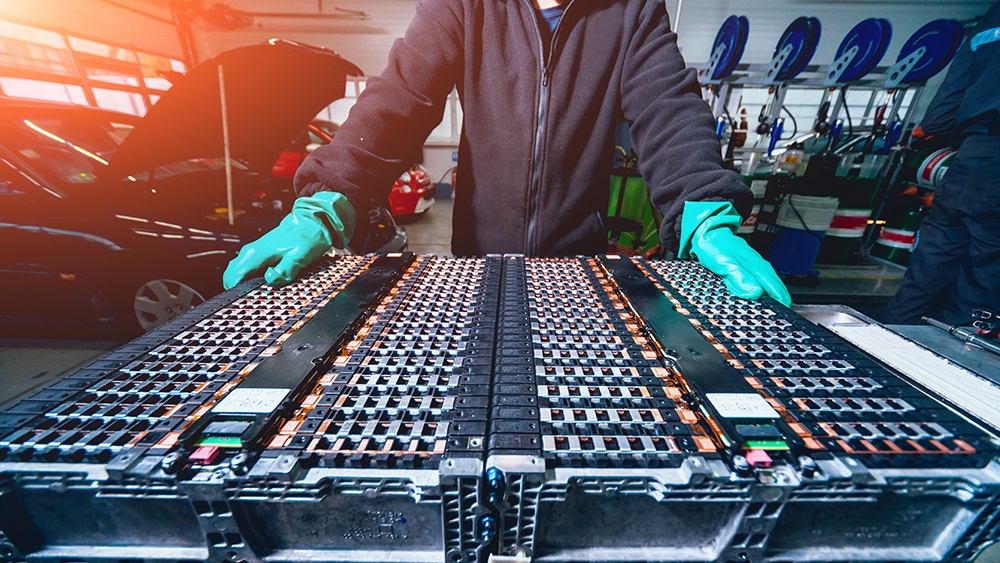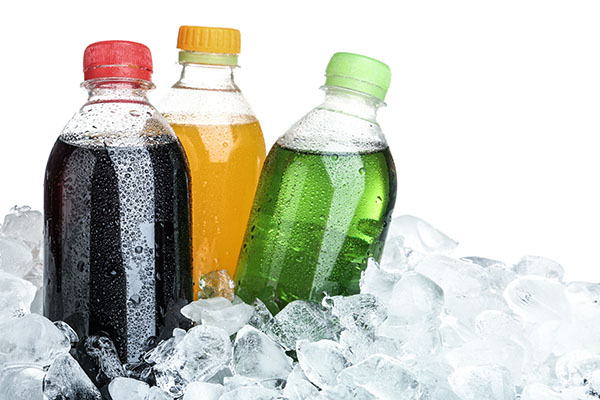“Glyphosate: Unsafe on Any Plate” reveals the weedkiller’s hidden dangers in the food supply and the environment
04/21/2025 / By Ramon Tomey

- Glyphosate, the key ingredient in Monsanto’s Roundup, is found in common foods like Cheerios, Oreos and Ritz Crackers at levels exceeding safety thresholds. It’s the most heavily used herbicide globally, applied to over 440 million acres of farmland.
- U.S. allowable glyphosate limits are 70 times higher than levels some studies suggest are harmful (0.1 parts per billion). The EU’s limit is stricter, but independent scientists advocate for even lower thresholds.
- Even trace amounts may damage genes, organs and gut bacteria. Animal studies show liver/kidney harm at 700 ppb (U.S. drinking water limit), and toxic effects in fish at just 10 ppb. Residues persist in food despite washing or cooking.
- Glyphosate binds to soil nutrients, potentially reducing crop nutrition. It’s detected in 75 percent of Midwest rainwater samples, spreading far beyond farms. Over 2.4 billion pounds have been used in the U.S. in the past decade.
- The report “Glyphosate: Unsafe on Any Plate” by Food Democracy Now and The Detox Project urges consumers to choose organic, demand stricter regulations and support research. Glyphosate’s ubiquity in food, water and ecosystems highlights the need for public awareness and policy changes.
In 2016, Food Democracy Now and The Detox Project released a startling report titled “Glyphosate: Unsafe on Any Plate – Food Testing Results and Scientific Reasons for Concern.” It exposed the pervasive presence of glyphosate – the active ingredient in Monsanto’s Roundup – in our food supply and the environment.
Glyphosate is the most widely used herbicide in history, sprayed on over 175 million acres of U.S. farmland and more than 440 million acres globally. Its prevalence is largely due to genetically engineered “Roundup Ready” crops like corn, soybeans and cotton, designed to withstand the chemical. However, mounting scientific evidence suggests that even trace amounts of glyphosate may pose serious health risks.
Alarmingly, common foods tested in the report contained glyphosate levels far exceeding what independent scientists consider safe. Popular products like Original Cheerios with 1,125.3 parts per billion (ppb), Oreos, Doritos and Ritz Crackers were among the 29 items found with high contamination.
U.S. regulatory standards permit a daily intake of 1.75 milligrams per kilogram of body weight—significantly higher than the European Union’s 0.3-milligram limit. Yet, research indicates harm may begin at just 0.1 ppb, prompting calls for stricter limits – 12 times lower than Europe’s and 70 times lower than the U.S. Environmental Protection Agency‘s current allowance.
The health implications are profound. Studies show that even minuscule glyphosate exposure can damage genes, organs and gut bacteria. In rats, 0.05 ppb altered 4,000 genes, while 700 ppb – the allowable level in U.S. drinking water – caused severe liver and kidney damage. Fish exposed to 10 ppb exhibited toxic liver effects.
Worse, glyphosate cannot be washed off or broken down by cooking. Residues persist in food for over a year, even after freezing or processing.
Originally patented in 1964 as a pipe cleaner, glyphosate was later marketed as an herbicide in 1974. Today, over 100 manufacturers produce it in 750+ products worldwide.
Beyond killing weeds, glyphosate binds to essential soil nutrients like iron and zinc – potentially reducing the nutritional value of crops. A 2010 Monsanto patent even revealed glyphosate’s supposedly antibiotic properties, raising concerns that it could disrupt human gut microbiomes by killing beneficial bacteria and promoting harmful strains.
Glyphosate use has surged over 300-fold since 1974, with 2.4 billion pounds applied in the U.S. in the last decade alone. Contamination is now ubiquitous: The U.S. Geological Survey detected glyphosate in 75 percent of Midwest rainwater samples, meaning it spreads far beyond farms through runoff and evaporation.
The report underscores an urgent need for action. Consumers can reduce exposure by choosing organic foods, advocating for tighter regulations and supporting further research. With glyphosate permeating our food, water and environment, awareness and demand for change are critical to safeguarding public health.
Watch this video about “Glyphosate: Unsafe on Any Plate – Food Testing Results and Scientific Reasons for Concern” by Food Democracy Now and The Detox Project.
This video is from the BrightLearn channel on Brighteon.com.
Sources include:
Submit a correction >>
Tagged Under:
chemicals, clean food watch, contamination, environ, food collapse, Food Democracy Now, food supply, glyphosate, Glyphosate Unsafe on Any Plate, grocery, Monsanto, products, Roundup, stop eating poison, The Detox Project, toxic chemicals, weedkiller
This article may contain statements that reflect the opinion of the author

